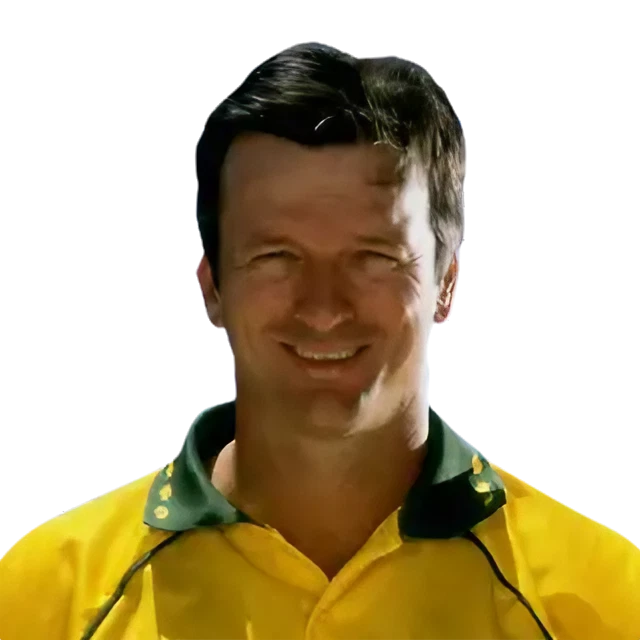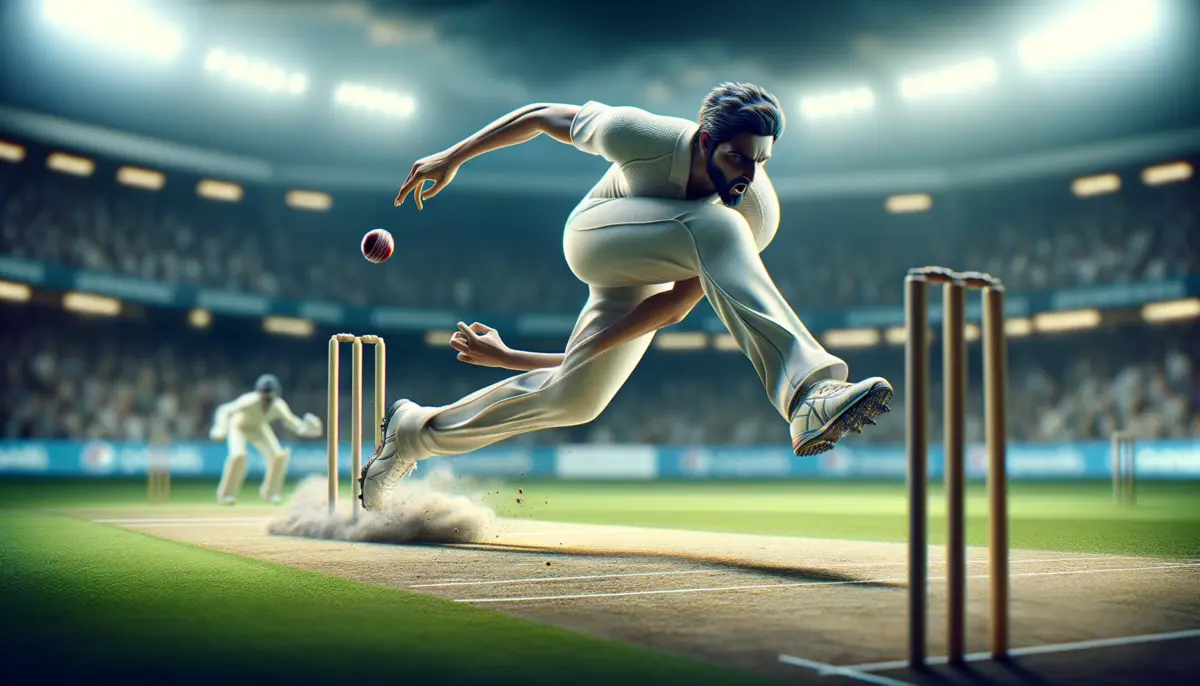Steve Waugh, born on a chilly June day in 1965, quickly rose to become an Australian cricket legend. Alongside his twin, Mark, Steve etched his name in cricket’s hall of fame.
With a bat in his right hand and a knack for medium-pace bowling, he redefined greatness. Initially, New South Wales witnessed his first-class cricket debut in 1984.
Steve Waugh burst onto the scene, a young talent facing the West Indies‘ fury. He blended adept batting with effective medium-pace bowling.
Remarkably, his poise in tense moments earned him the “Iceman” moniker. Seamlessly, Waugh embraced ODIs, contributing significantly to Australia’s 1987 World Cup win.
From Playground to Pitch – The Formative Years of Steve Waugh

Born in Campsie, Steve Waugh and his twin, Mark, entered the world with cricket in their veins. Their parents, a bank official and a teacher, settled in Panania, Sydney.
Sport became their early passion. By age six, Steve and Mark were playing soccer, tennis, and cricket. Despite initial setbacks in cricket, their determination never wavered.
The Waughs’ sporting legacy traces back to their grandfather, a greyhound trainer and rugby league player.
Their father, Rodger, excelled in tennis, while their mother, Bev, shone in the same sport. With such a rich sporting lineage, Steve and Mark were destined for greatness.
At eight, they made the Bankstown District under-10s cricket team. Their prowess extended to soccer, leading their school to victory in the Umbro International Shield.
They scored all three goals in the final. Their school also enjoyed consecutive state cricket championships, with the twins at the forefront.
Conflicts between sports arose, but the twins remained focused. They joined East Hills Boys Technology High School, known for nurturing athletes.
At thirteen, they were already making waves in senior grade cricket. By the age of seventeen, they debuted for Bankstown’s First XI, a significant milestone.
Steve Waugh’s Life Off the Field

After high school, Steve briefly pursued teaching but soon devoted himself to cricket. His First XI century against Sydney University marked a turning point.
His cricket journey intertwined with Mark’s, both signing with Egerton Cricket Club in Lancashire. During a pivotal year, an Australian rebel tour to South Africa changed the cricket landscape.
Steve seized an opportunity with Essex, stepping into a void left by a departing player. His career surged ahead, while Mark remained the professional at Egerton.
Decades later, Steve’s legacy continued through his son, Austin Waugh. Austin was named in Australia’s squad for the 2018 Under-19 Cricket World Cup.
From a humble suburb in Sydney to international cricket arenas, Steve Waugh’s journey is a testament to resilience and passion.
Brotherhood and Brilliance: The Waugh Era Begins with Mark’s Arrival
Post World Cup, Mark Waugh, Steve’s twin, joined the fray. The duo crafted unforgettable partnerships, redefining teamwork.
Steve’s transformation from raw vigour to strategic calmness began. Post 1993, his run-making spree in Tests and ODIs captivated fans worldwide.
Big Stage Performer: His Love for Pressure Situations
Steve Waugh relished high-stakes games, flourishing in World Cups and Ashes. His unique batting style, effective yet unorthodox, mesmerized many. Diligently, he constructed his innings, neutralizing spin efficiently.
In ODIs, his calculated approach involved strike rotation before launching into aggressive shots, exemplified by his 1999 World Cup heroics.
Pioneering Captaincy: A Revolutionary Approach to Test Cricket
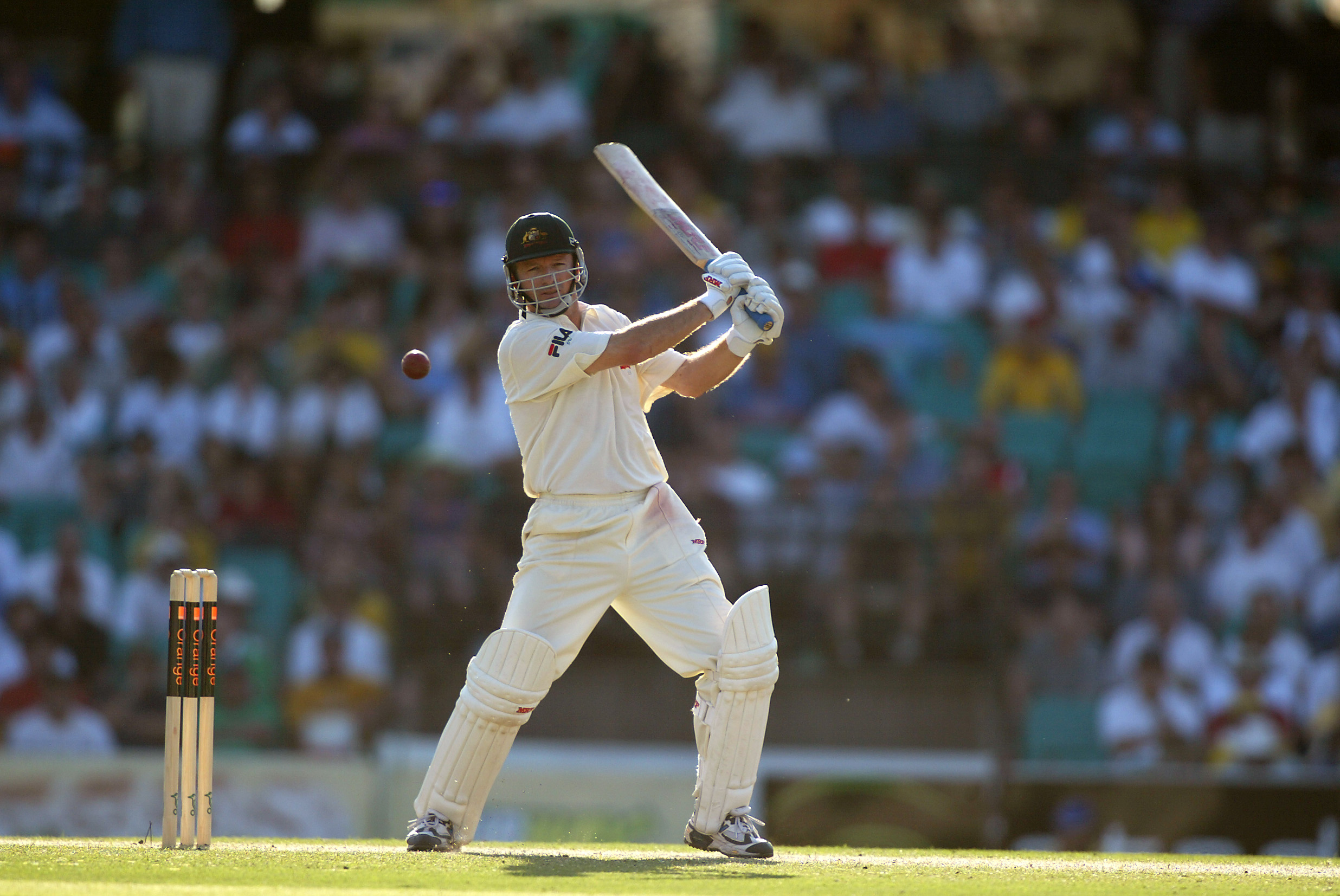
Soon, he donned the Australian Test cricket team’s cap, leading them from 1999 to 2004. Remarkably, Waugh captained Australia to their inaugural world title in the 1987 Cricket World Cup.
Under his leadership, the team celebrated fifteen consecutive Test wins. Additionally, they clinched the 1999 Cricket World Cup.
This success cemented Waugh as the most victorious Test captain, boasting a 72% win ratio. Notably, Waugh became the world’s top all-rounder in both Test and One Day International cricket.
As captain, Waugh’s daring leadership transformed Test cricket’s dynamics. Advocating an assertive style, he embraced psychological warfare.
Alongside Shane Warne, he masterminded Australia’s commanding presence. His forward-thinking in Tests inspired a new era of cricketing strategy.
The Curtain Falls: A Mixed End to Steve Waugh’s ODI Career
Back issues later shifted his focus solely to batting, where he flourished among the elite. His prowess led him past the 10,000 Test run milestone.
Beyond the pitch, Waugh’s philanthropy earned him the 2004 Australian of the Year title. His induction into the ICC Cricket Hall of Fame in 2010, at the Sydney Cricket Ground, was a hometown triumph.
The National Trust of Australia honored him as one of the country’s hundred Living Treasures. Furthermore, he received the prestigious Order of Australia and the Australian Sports Medal.
Known for his aggressive captaincy, Waugh was often described as ‘cold-blooded’ and ‘scientific’ in his approach. Simon Barnes, a cricket columnist, once said, “Waugh wants to defeat you personally.”
His final Test match ended with a lap of honor at the Sydney Cricket Ground, carried by teammates. In 2017, fans voted him into Australia’s best Ashes XI for the past 40 years.
Steve Waugh’s ODI journey concluded unexpectedly after the 2002 VB Series debacle. Despite this, he shone in Test cricket.
However, Ricky Ponting’s ascent signaled Waugh’s retirement in 2003-04, marked by a defiant innings against India.
Off-Field Champion: Dedication to Humanitarian Causes
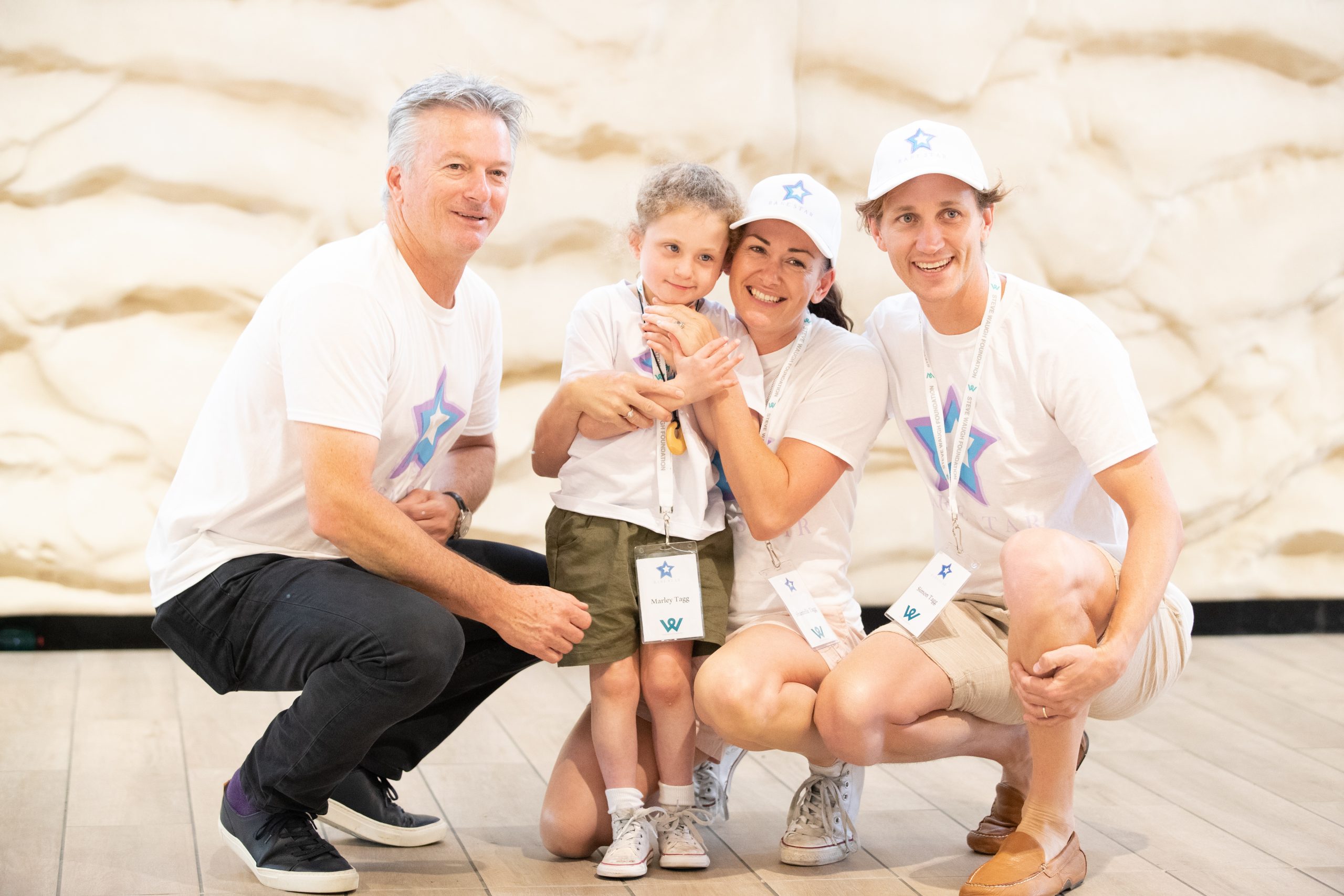
Beyond cricket, Waugh championed charitable causes, focusing on leprosy patients in Calcutta. He extended his philanthropy globally, steering clear of political endeavors. His son Austin continues the Waugh legacy, participating in the 2018 U19 World Cup.
Steve Waugh’s Swansong: A Dramatic Finale
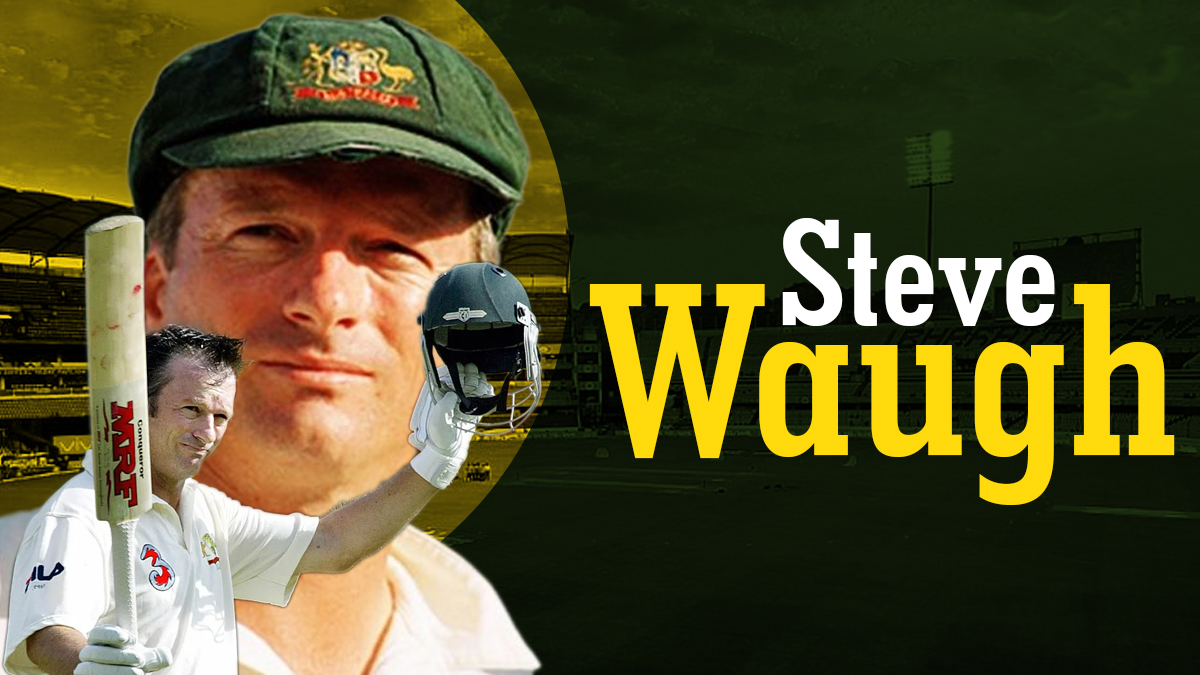
Steve Waugh’s Test career concluded with a season of high drama and intense emotion. Controversy struck early, with Waugh caught in a run-out debacle alongside Damien Martyn.
In a moment of confusion, both players found themselves stranded at one end. Martyn, well-set at the crease, chose to sacrifice his wicket for Waugh, sparking debate over the prioritization of Waugh’s farewell.
Meanwhile, Australia faced a tough challenge, missing key bowlers Shane Warne and McGrath. The team’s struggle was evident, especially against India’s robust batting lineup.
Initially, rain led to a draw in the First Test. Subsequently, the teams split victories in the next two matches.
Consequently, Australia needed a win in the final showdown at the Sydney Cricket Ground, Waugh’s home turf, to regain the coveted Border Gavaskar Trophy.
To honor Waugh, spectators received giant red handkerchiefs, a nod to his iconic on-field accessory. However, India’s powerful batting, featuring Sachin Tendulkar’s monumental 241*, set a daunting target for Australia.
Despite the odds, Waugh shone in Sydney, scoring a valiant 80, his season’s best. This effort not only marked his highest fourth innings score but also ensured a draw for Australia.
Waugh began his innings with determination, later switching to an aggressive approach once safety was assured. His performance included several boundary hits, captivating the audience.
Remarkably, as he crossed 50 runs, Sydney Harbour joined in the celebration with ferries sounding their horns.
The final day saw an unprecedented crowd at the SCG, all gathered to witness the end of an era – Steve Waugh’s last stand as an Australian cricketer.
Frequently Asked Questions (FAQs)
When did Steve Waugh make his first-class cricket debut for New South Wales?
Steve Waugh debuted in first-class cricket for New South Wales in 1984.
What were Steve Waugh's initial cricketing skills?
He excelled in batting and medium-pace bowling, quickly gaining recognition for his talent.
What nickname did Steve Waugh earn for his composure in tense situations?
Steve Waugh was nicknamed the “Iceman” for his remarkable poise during high-pressure moments.
When did Steve Waugh become captain of the Australian Test cricket team?
Steve Waugh took on the role of captain for the Australian Test cricket team from 1999 to 2004.

